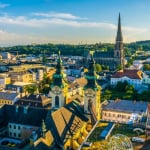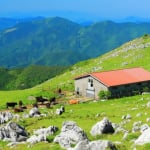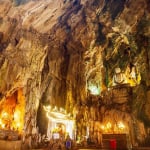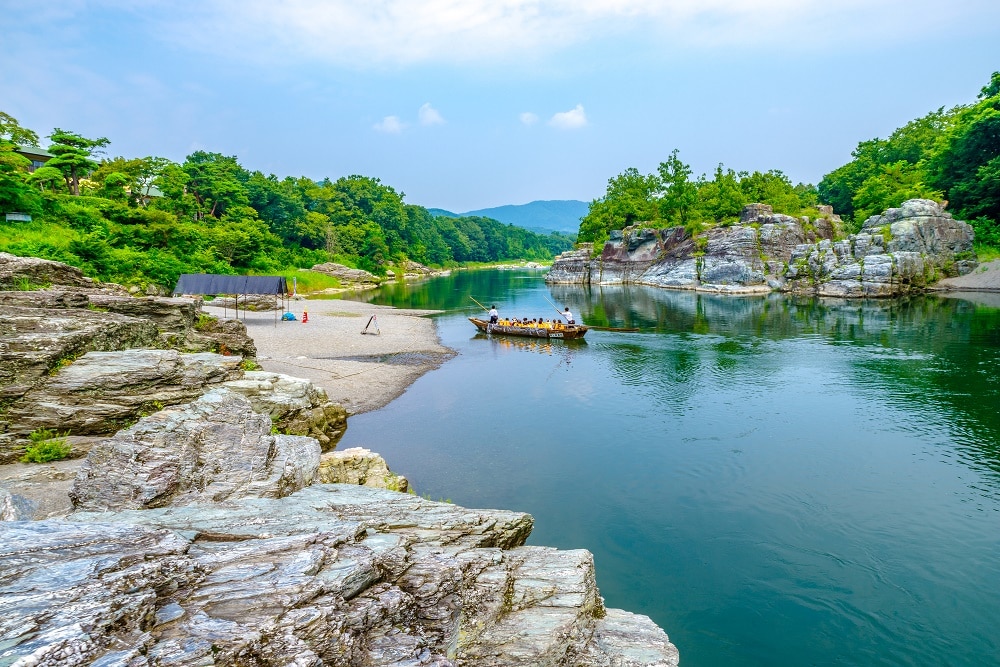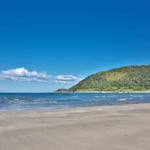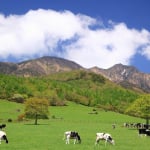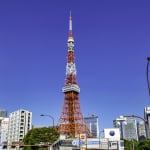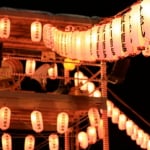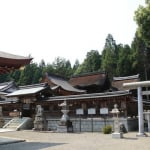Photo by gonbe/Pixta
The Top Sights in Saitama, Tokyo’s Northern Neighbor
Saitama's beautiful scenery attracts visitors from all over Japan. With colorful flowers in the spring and fall, and striking natural landscapes at any time of the year, Tokyo's northwestern neighbor is the place to go to appreciate Japan's four seasons and the great outdoors.
table of contents
[x] close
The Top Sights in Saitama, Tokyo’s Northern Neighbor
Musashi Ichinomiya Hikawa Shrine

Photo by ハッシブ2世/Pixta
The Musashi Ichinomiya Hikawa Shrine's two-kilometer approach is the longest in the Kanto region. Lined with mature, lush trees, the end of the boulevard and Hikawa Shrine are located in Omiya Park, a popular sightseeing spot in spring and autumn. The Musashi Ichinomiya Hikawa is the grand head shrine of the Kanto region's Hikawa shrines, and has a history dating back over two thousand years.
Little Edo Koedo Kawagoe
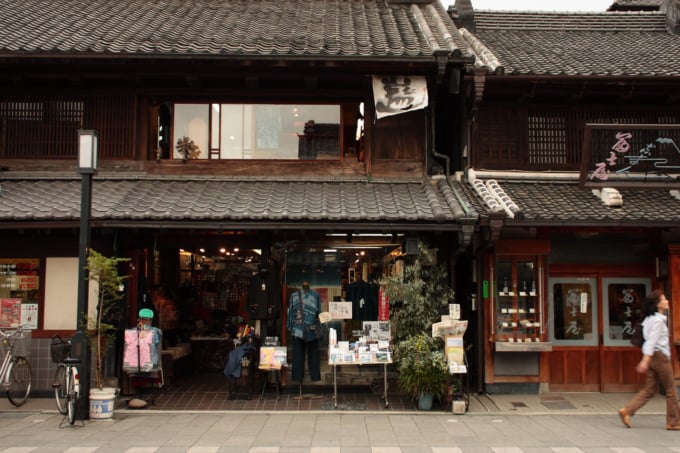
Photo by Yoshizumi Endo/Flickr
Nicknamed Koedo, meaning 'Little Edo', the historic town of Kawagoe in Saitama Prefecture takes visitors back in time over one hundred years. At that time, Kawagoe was a thriving merchant town, and many of the shops and warehouses they employed are preserved in the Kurazukuri District.
Nagatoro
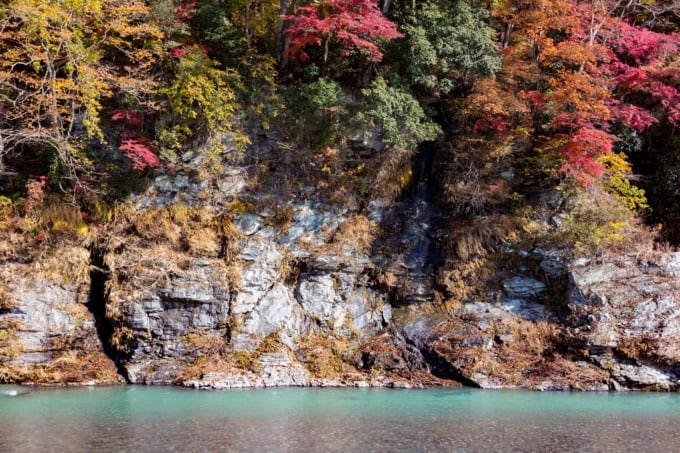
Photo by junsasa/Pixta
Nagatoro is a small, old-fashioned town set in the picturesque Nagatoro Valley. Beautiful in any season, the mysterious Iwadatami rock terraces and towering Chichibu Sekiheki cliffs have been admired for centuries. The best way to explore the Nagatoro Valley is from the back of a traditional wooden boat, but there are also scenic hiking trails and a cable car heading towards Mount Hodo in Nagatoro.
Terasaka Rice Terrace
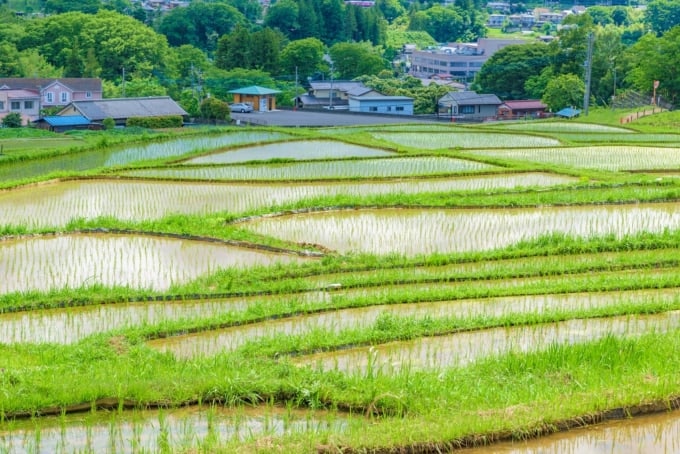
Photo by Takashi Images/Pixta
The scenic rice paddies in Yokoze are a rare sight, even in Japan. Covering over 50,000 square meters in size, the paddies make up one of the largest rice fields in Saitama Prefecture. For a single night at the height of summer, the Terasaka Rice Terrace hosts the picturesque Firefly Bonfire Festival, when the terraces are illuminated with firelight and the glow of the fireflies.
Naguri Lake
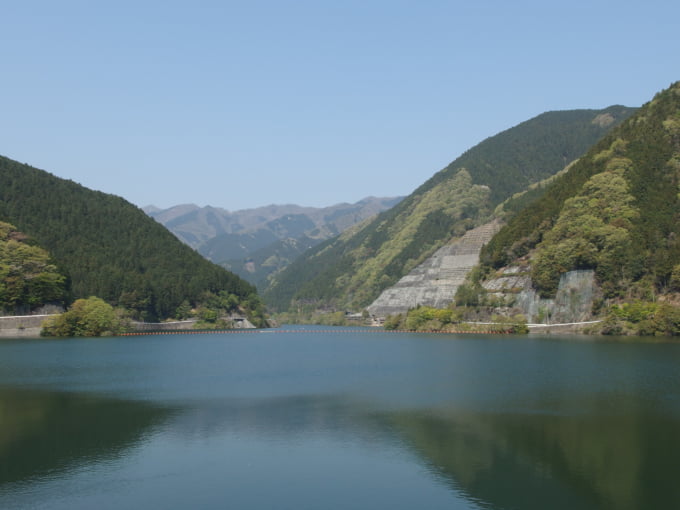
Photo by Guilhem Vellut/Flickr
Naguri Lake is located in Hanno, held in place by the Arima Dam and surrounded by mountains and clear blue skies. The lake is small, but canoeing and kayaking are popular activities here during the fall, and there are several camping and barbecue sites located on the nearby river.
Hitsujiyama Park

Photo by Yoshitaka/Pixta
After the sakura season ends, the shibazakura (mountain phlox - a hardy, flowering groundcover plant) bursts into bloom. Depending on the cultivar, the flowers range from a deep magenta to brilliant white, and scenic spots where these flowers are grown are common in cool mountain regions. Hitsujiyama Park in Chichibu hosts its Shibazakura Festival each year around May.
Miyano-en Tea Farm
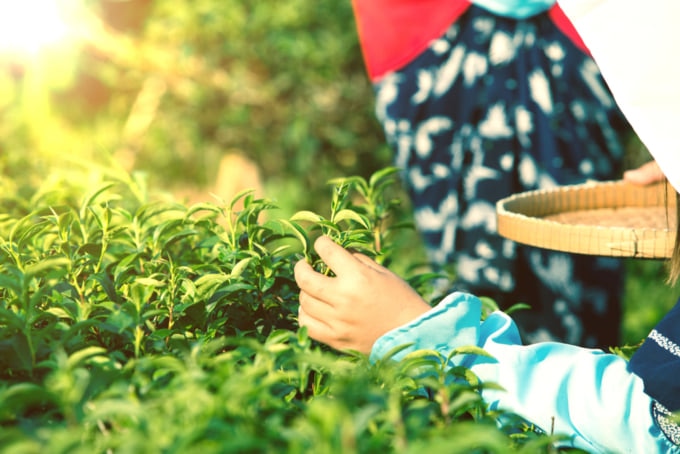
Photo by Vilasak Southisane/Shutterstock
At Miyano-en, visitors can dress up in traditional costumes and pick tea, learn how to make matcha from scratch or just enjoy a tea tasting set of the farm's freshest tea leaves. Miyano-en has operated a tea shop for over one hundred years, and now offers visitors a unique opportunity to get up close and personal with the world's favorite caffeinated drink.
Ranzan Valley
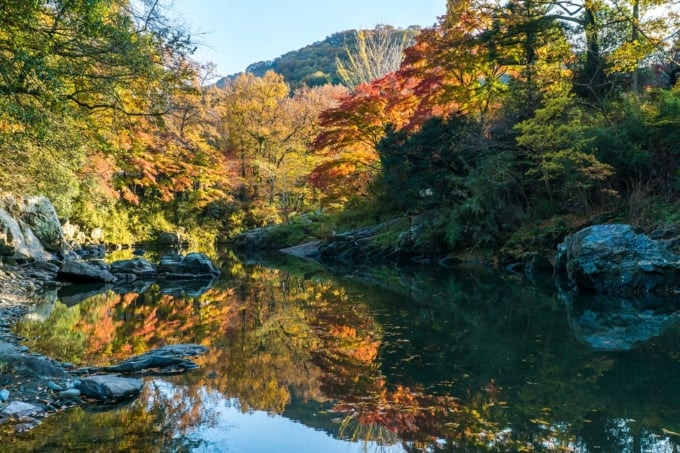
Photo by degu66/Pixta
Ranzan Valley was nickamed 'the Arashiyama of Musashi' not just because of the kanji for its name, which are the same as 'Arashiyama', but for its resemblance to Kyoto's famed bamboo forest. Except Ranzan Valley is populated with thick groves of tall maple, cedar and pine trees, not bamboo, making it a popular place to hike during the autumn season.
Marugami Waterfall
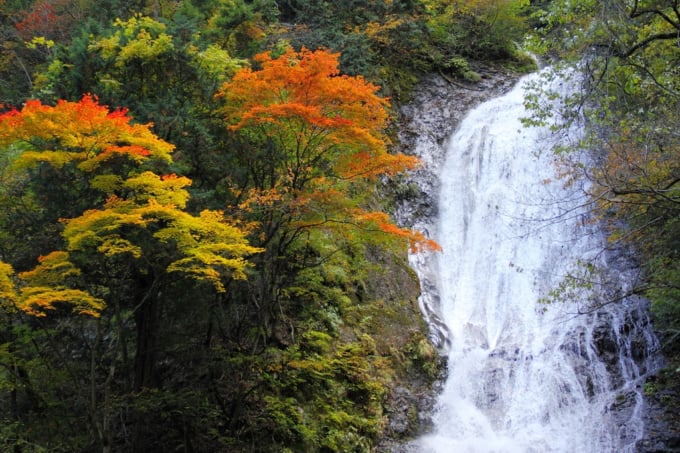
Photo by ロマ/Pixta
The three-tiered Marugami Waterfall was named one of Japan's top 100 waterfalls. Due to the 76-meter gradual descent down the cliff face, the falls have only a small basin. Around the falls and the nearby scenic valley is a long promenade for visitors to enjoy.
Kinchakuda Red Spider Lily Field
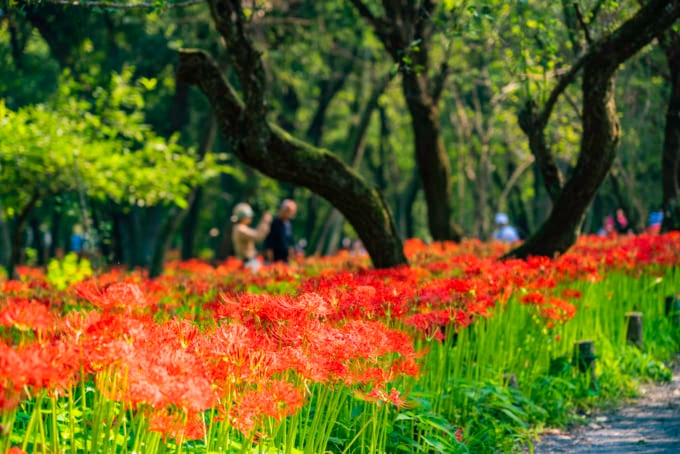
Photo by Yoshitaka/Pixta
Kinchakuda is one of the largest red spider lily (higanbana) fields in Japan. Every autumn, the five million flowers turn the fields a brilliant shade of red. However, nestled against the Koma River and blessed with boundless natural beauty, Kinchakuda can be enjoyed in any season.
In Conclusion
From the natural wonders of Chichibu and Nagatoro to the historic charm of Kawagoe and the ancient Hikawa Shrine, Saitama is the playground of busy Tokyoites looking to escape the concrete jungle.
